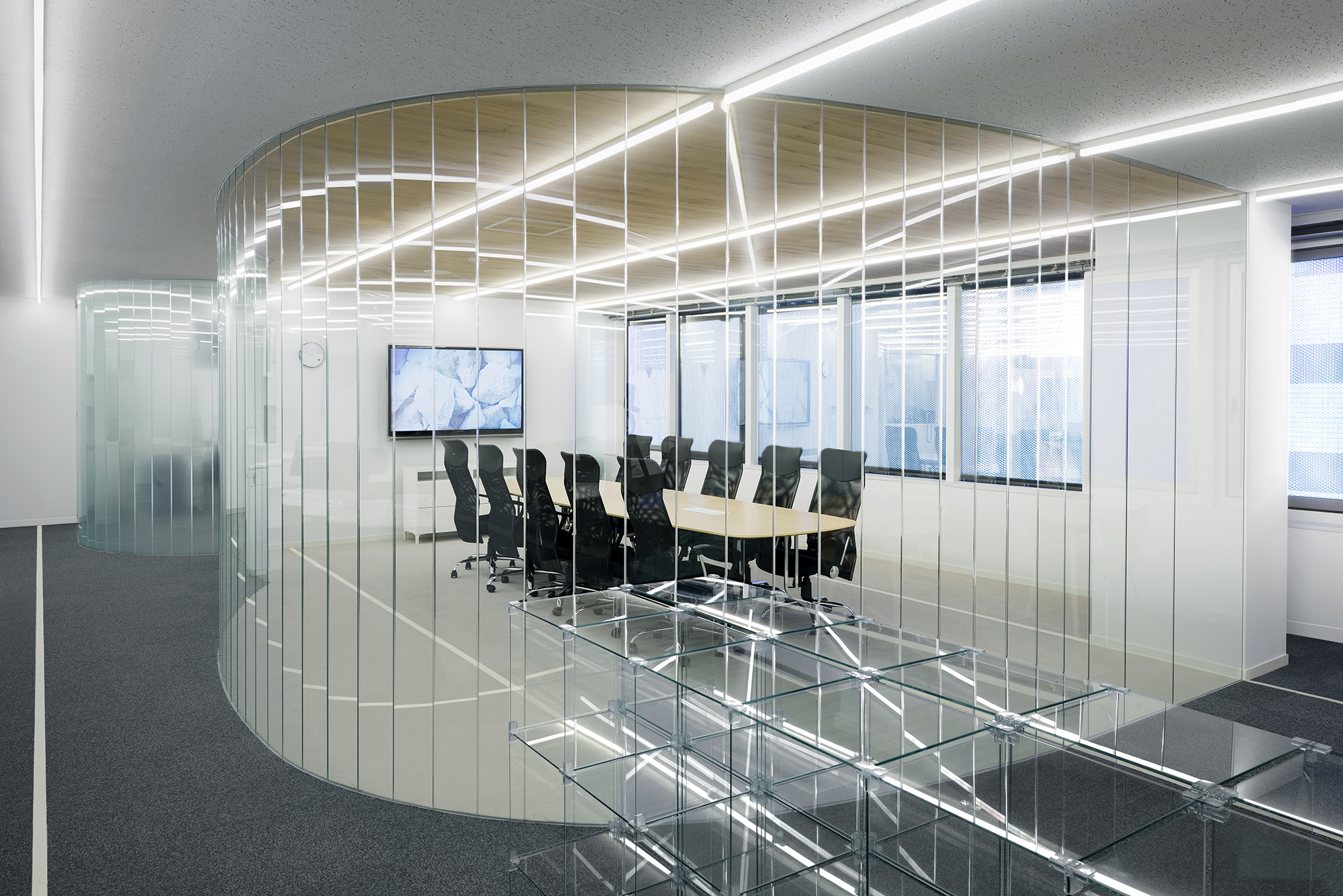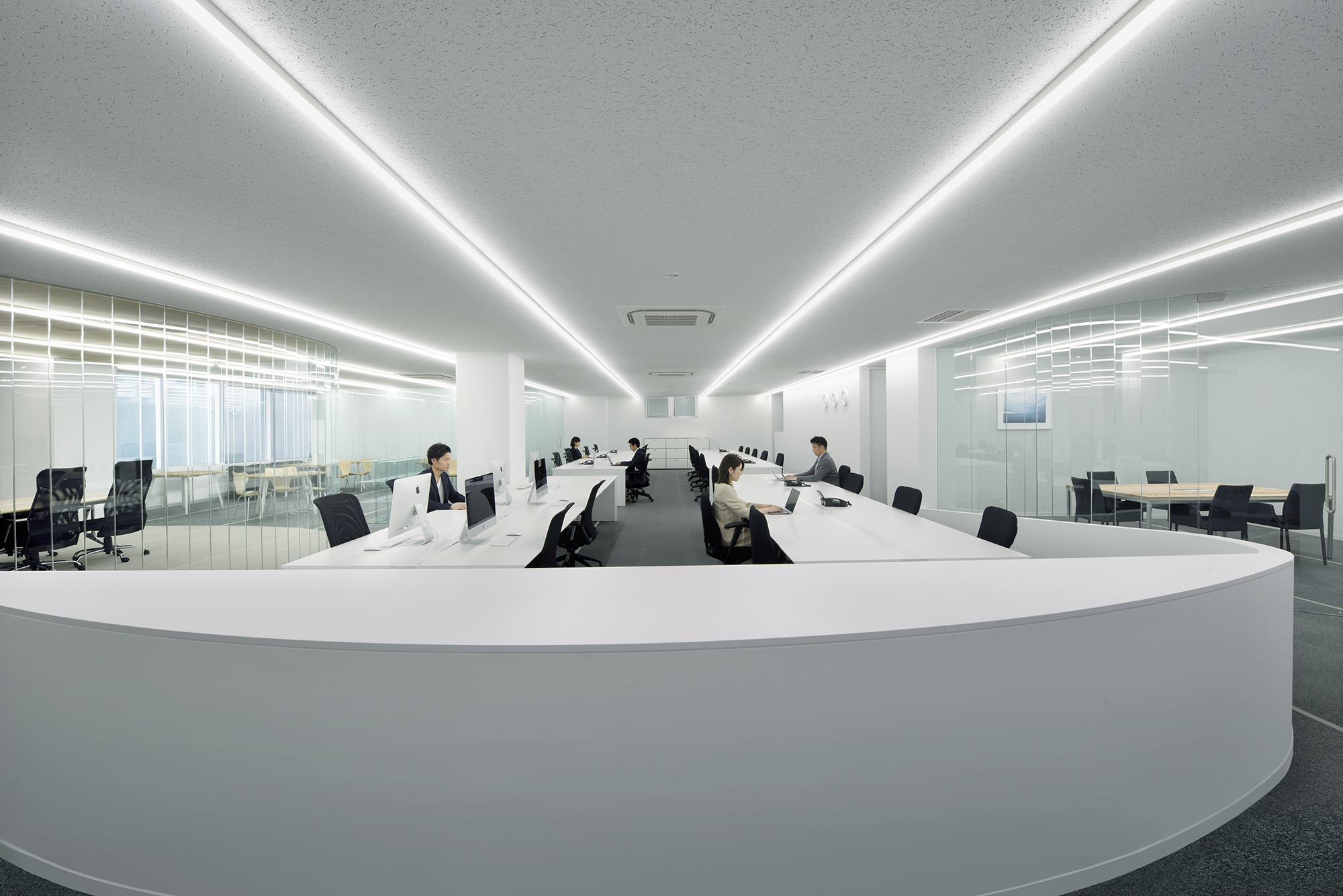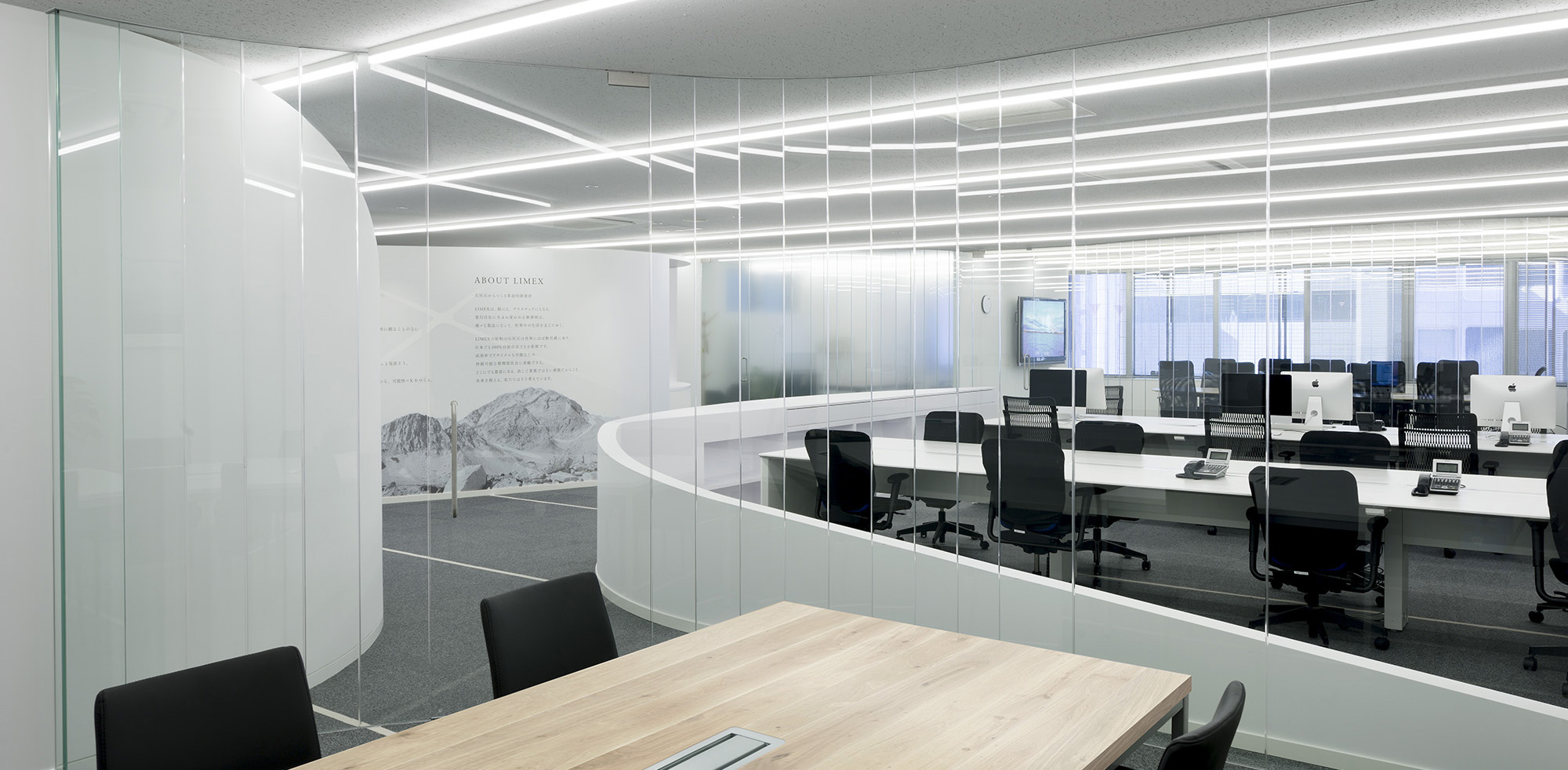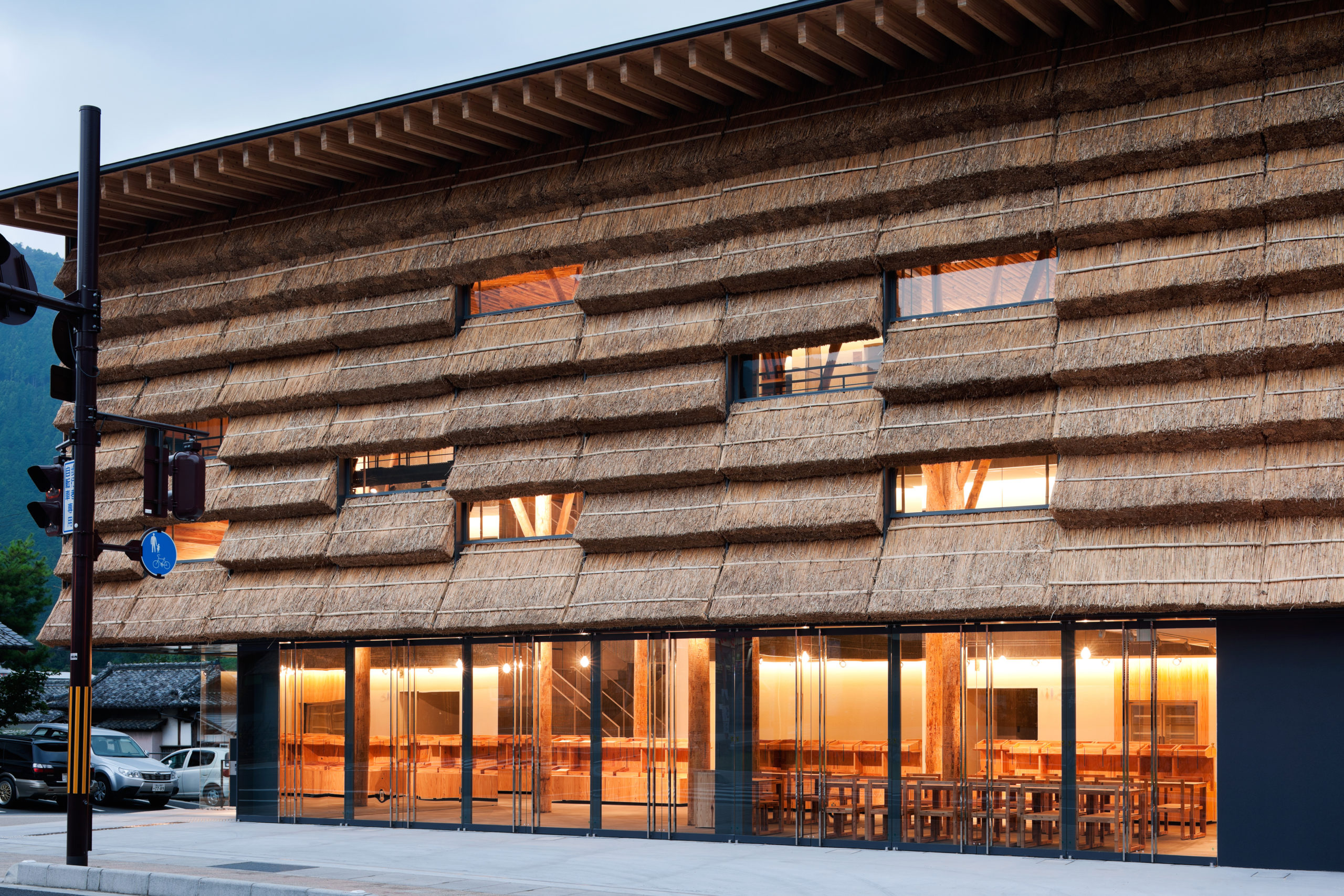Architizer Jobs is back! Browse the jobs board and apply for architecture and design positions at some of the world’s best firms. Click here to sign up for our Jobs Newsletter.
In February, the UK recruitment firm FRAME published its annual employment survey results and specifically asked working architects to comment on their job security. The result was startling: over 60% vocalized fears of job insecurity. Given the current state of the world, perhaps this is not surprising. However, ponder this: those with more extensive experience in the workforce worried more about their job security than peers who were employed for less time.
We know that architects were hit particularly hard by the financial crisis in 2008, but now, over a decade later, another major economic and social crisis has passed. How will architects fare in the post-pandemic world? What factors should architects consider when contemplating job security today?

TBM OFFICE by Clouds Architecture Office, Tokyo, Japan
Let’s start with the worrisome data: The US unemployment rate is up, and recently published data shows that for architecture and engineering occupations, that number is higher than the long-term average, having jumped from 2.80% last month to 3.30% today. Meanwhile, a recent report published by the US Bureau of Labor Statistics projects that employment in the architectural sector will grow just 1% over the next decade. This number falls below the national average for all occupations.
Much ink has been spilled over the disruptive potential of BIM software and measuring technology and their potential to limit employment growth in the industry; however, architecture is so closely tied to so many other aspects of the economy that the dips we are currently witnessing may be a response to other sectors that have been badly hit in the past year.
The number of staff that a firm may require is, in large part, related to the rate of building activity. Indeed, while architects depend on robust hospitality industry and a booming housing market for commissions, there is perhaps no more important sector to architectural employment than the construction industry. Having one thing fall out of line can have substantial impacts on firm billings, available positions and, ultimately, job security. Unfortunately, this also means that it can be challenging to predict demand for architectural positions, as the construction sector has its own fluctuations.

TBM OFFICE by Clouds Architecture Office, Tokyo, Japan
Many firms have also complained of cost increases in varying degrees for basic construction materials and finished construction products. Strain on established supply chains has made certain materials more difficult to procure, and long wait times can also hamper a firm’s output, leading to shortened hours or layoffs. Yet, architectural staffing needs are not solely dictated by construction activity. There are a plethora of additional variables that influence the number of job positions in the economy at any given time, thereby contributing to job security.
An Aging Industry
As populations worldwide continue aging, the ratio of future architects to retiring employees will also factor into job security. According to the AIA’s most recent data from 2019, the median age of AIA members was 50 years (this number has remained stable for the last decade), the number of members over the age of 60 has risen 4% since 2012. Meanwhile, the 40-59 age group was the only one to shrink — it lost 6.8%. If the former age group begins retiring in the coming years, the group aged 20–39, which has increased by 3.6 points, will have more opportunities to grow.
Education
The number of graduates with architecture degrees continues to climb, making competition stiffer on the job market. According to the most recent available data, between 2018 – 2019, nearly 18,000 students in the field graduated in America, making architecture the 28th most popular major nationwide. This number represents a 2.1% increase in the number of degrees awarded in the same field the previous year.
Location and Specialization
In America, the AIA has shown that firms in the Midwest and South have expanded more than others located in different parts of the country. Meanwhile, West coast firms remained relatively stagnant. On top of this, those firms who specialize in particular commercial/industrial areas have experienced the largest billings increases in the past months.
This suggests that those who work in specialized firms or who have a unique and in-demand specialization may be able to rest assured. For instance, with many aging health care facilities across the world, architects with a relevant background in this sector may be in demand — the same could be said for individuals who specialize in up-and-coming software or expertise related to sustainability. Likewise, the location of your firm may also be an important factor in job security.

TBM OFFICE by Clouds Architecture Office, Tokyo, Japan
Billings and Inquiries Rebound
Department of Labor’s Consumer Price Index (CPI) measures inflation in the prices of consumer goods, and it has seen the most significant increases since the Great Recession. This means that demand for services, including hospitality and travel, is on the rise — a good sign for architects whose employment is often linked to these sectors.
This good news is reflected in recent employment statistics, which are also rising in the architecture industry. According to first quarter data, 2,400 new jobs were added in March — this is the largest monthly increase in nearly one year — raising the total employment for architectural service to just 3% below where it was before the pandemic.
Meanwhile, similar rebounds are reflected in the AIA’s Architecture Billings Index (ABI), which, as its title suggests, charts billings in the industry. Any score over 50 represents growth; any score below 50 represents the opposite. This month, the ABI scored its highest levels since before the Great Recession, with scores rising to 57.9. This means that the majority of American firms saw billings increases. In addition, the score that measures Inquiries related to new projects reached 70.8, while newly signed design contracts were valued at 61.7 (another record-breaking — the best since AIA began collecting data in 2010).
In short, architectural businesses, like many other sectors in the American economy, are well positioned to continue their rebounds in the coming months.
Now it’s time to get hired! Check out Architizer’s architecture jobs board and apply for jobs at BIG, Handel Architects, Workshop/APD and more.




